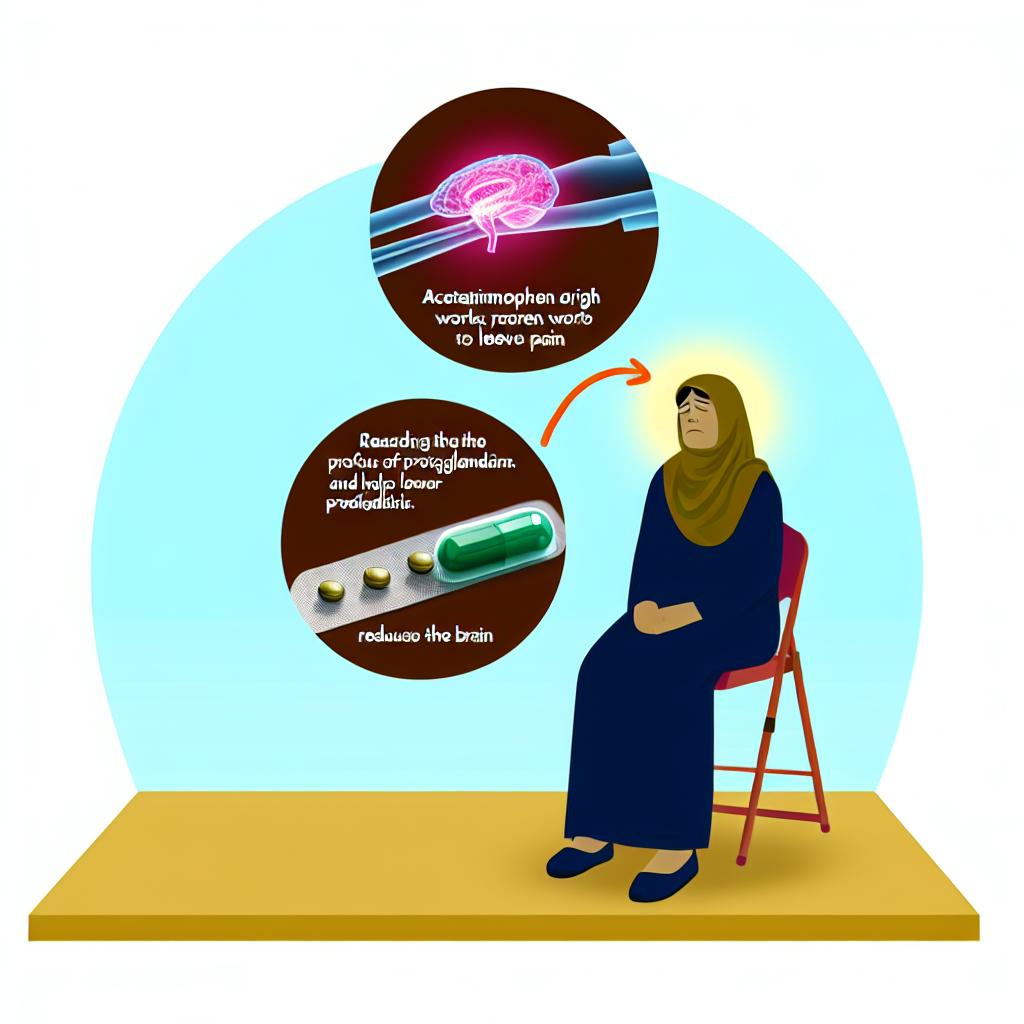
How acetaminophen works to relieve pain.
Understanding Acetaminophen
Acetaminophen, more widely known internationally as paracetamol, is a ubiquitous over-the-counter medication popular for its dual effects of pain relief and fever reduction. It is extensively available in an array of both prescription and non-prescription formulations, addressing a wide spectrum of ailments such as headaches, muscle and joint pains, arthritis, backaches, toothaches, as well as the common cold and fevers. While its widespread use is established, a deeper dive into the workings of acetaminophen can illuminate its effective and safe application.
Mechanism of Action
The underlying mechanism by which acetaminophen functions exhibits a degree of complexity that has yet to be completely unraveled by scientific inquiry. Nevertheless, it is postulated to operate by impeding the activity of cyclooxygenase enzymes, particularly COX-1 and COX-2, which are believed to be pivotal in the transformation of arachidonic acid into prostaglandins. Prostaglandins are internally produced compounds integral to the management of inflammation and pain within the body. Despite these common attributes, acetaminophen contrasts with traditional anti-inflammatory drugs—NSAIDs like ibuprofen or aspirin—given its notably limited capacity to reduce inflammation. Consequently, its efficacy is relatively diminished in scenarios where inflammation is a predominant concern.
Central Nervous System Role
The analgesic effects of acetaminophen are thought to be substantially centered within the confines of the central nervous system (CNS). One hypothesis suggests that it may enhance the descending serotonergic pathways located within the spinal cord, thereby boosting the body’s innate analgesic processes. This CNS-centric action might elucidate why acetaminophen emerges as particularly potent for managing headache pain or mild to moderate musculoskeletal discomfort.
Comparison with Other Pain Relievers
In terms of differentiating acetaminophen from other analgesics, certain distinct features come to the fore. In contrast to nonsteroidal anti-inflammatory drugs (NSAIDs), acetaminophen does not typically provoke gastrointestinal irritation nor does it elevate the likelihood of bleeding. Such characteristics render it a feasible option for individuals who display a low tolerance for NSAIDs. However, a critical caveat in the use of acetaminophen resides in its metabolism; it is primarily processed in the liver. Thus, excessive consumption or overdose of acetaminophen can result in serious liver damage, thereby underscoring the importance of adhering vigilantly to recommended dosage guidelines.
Safe Usage
Ensuring the safe administration of acetaminophen necessitates awareness regarding the aggregate intake of the drug from all medicinal sources. Its pervasive presence as an ingredient in numerous combination medications mandates caution. For adults, the customary maximum advised dose stands at up to 4,000 mg per day. Yet, a contingent of health professionals advocate for even lower thresholds, as a precautionary approach to safeguard against potential hepatic harm.
This dual profile of efficacy and safety greatly contributes to acetaminophen’s standing as the analgesic of choice for many individuals. For further inquiries concerning this medication and its broader implications, consulting a healthcare provider or perusing trustworthy medical online resources proves beneficial. Additional comprehensive information about acetaminophen can be accessed through the following FDA resource: FDA Acetaminophen Information.
In conclusion, while acetaminophen appears in numerous households and is used by millions globally, its complexity extends beyond a mere over-the-counter drug. Through enhancing understanding of its mechanisms and safe practices, users can maximize the benefits this medication offers while minimizing associated risks.
